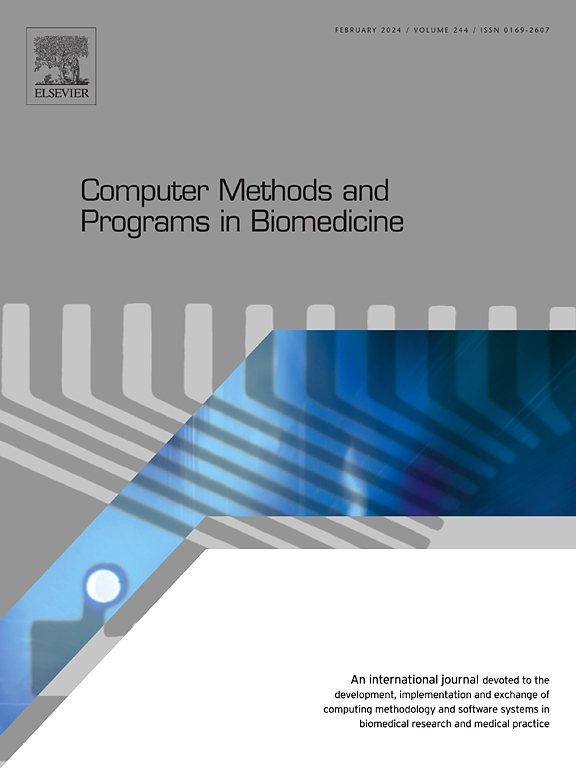Antimicrobial resistance recommendations via electronic health records with graph representation and patient population modeling
IF 4.9
2区 医学
Q1 COMPUTER SCIENCE, INTERDISCIPLINARY APPLICATIONS
引用次数: 0
Abstract
Background:
Antimicrobial resistance (AMR), which refers to the ability of pathogenic bacteria to withstand the effects of antibiotics, is a critical global health issue. Traditional methods for identifying AMRs in clinical settings rely on in-lab testing, which hampers timely medical decision-making. Moreover, there is a notable delay in updating empirical treatment guidelines in response to the rapid evolution of pathogens. Recent advances in AMR research have illuminated the potential of machine learning-based patient information analysis using electronic health records (EHRs).
Methods:
Against this backdrop, our study introduces a novel deep learning framework designed to leverage EHR data for generating AMR recommendations. This framework is anchored in three critical innovations. Firstly, we employ a deep graph neural network to model the correlations between various medical events, using structural information to enhance the representation of binary medical events. Secondly, in acknowledgment of the commonalities in pathogen evolution among populations, we incorporate population-level observation by modeling patient graphical structures. This strategy also addresses the issue of imbalance in rare AMR labels. Finally, we adopt a multi-task learning strategy, enabling simultaneous recommendations on multiple AMRs. Extensive experimental evaluations on a large dataset of over 110,000 patients with urinary tract infections validate the superiority of our approach.
Results:
It achieves notable improvements in areas under receiver operating characteristic curves (AUROCs) for four distinct AMR labels, with increments of 0.04, 0.02, 0.06, and 0.10 surpassing the baselines.
Conclusions:
Further medical analysis underscores the efficacy of our approach, demonstrating the potential of EHR-based systems in AMR recommendation.
求助全文
约1分钟内获得全文
求助全文
来源期刊

Computer methods and programs in biomedicine
工程技术-工程:生物医学
CiteScore
12.30
自引率
6.60%
发文量
601
审稿时长
135 days
期刊介绍:
To encourage the development of formal computing methods, and their application in biomedical research and medical practice, by illustration of fundamental principles in biomedical informatics research; to stimulate basic research into application software design; to report the state of research of biomedical information processing projects; to report new computer methodologies applied in biomedical areas; the eventual distribution of demonstrable software to avoid duplication of effort; to provide a forum for discussion and improvement of existing software; to optimize contact between national organizations and regional user groups by promoting an international exchange of information on formal methods, standards and software in biomedicine.
Computer Methods and Programs in Biomedicine covers computing methodology and software systems derived from computing science for implementation in all aspects of biomedical research and medical practice. It is designed to serve: biochemists; biologists; geneticists; immunologists; neuroscientists; pharmacologists; toxicologists; clinicians; epidemiologists; psychiatrists; psychologists; cardiologists; chemists; (radio)physicists; computer scientists; programmers and systems analysts; biomedical, clinical, electrical and other engineers; teachers of medical informatics and users of educational software.
 求助内容:
求助内容: 应助结果提醒方式:
应助结果提醒方式:


